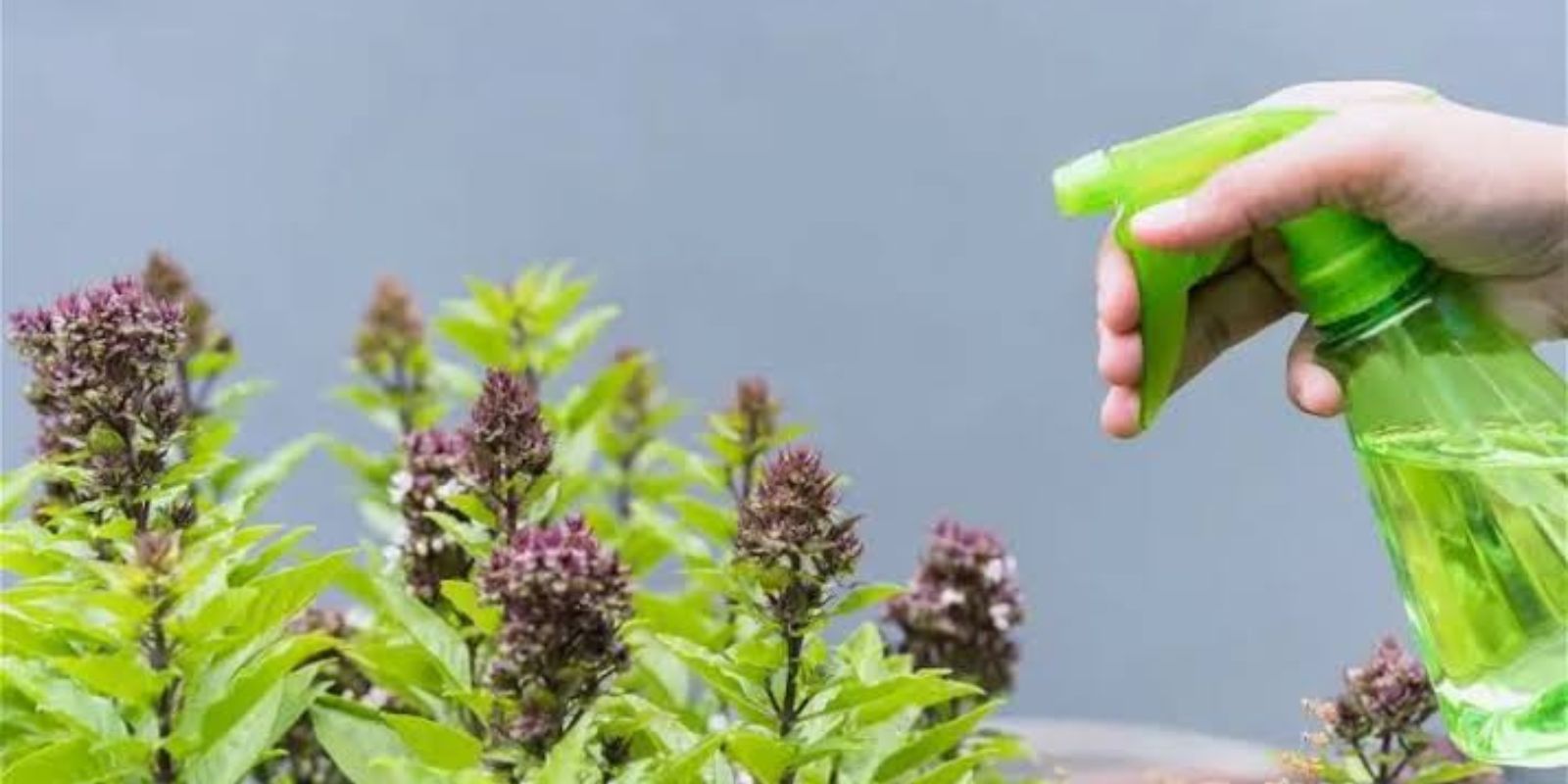Plant pests are every gardener’s nightmare. They wreak havoc on leaves, stems, and even flowers, turning your lush greenery into a battleground. But before you resort to expensive and often harmful chemical solutions, consider a simpler, eco-friendly alternative: a 2-ingredient homemade pesticide. This article will guide you step-by-step on how to make and use this powerful yet gentle solution, helping you reclaim your garden naturally.
Understanding the Problem: Common Garden Pests
Pests like aphids, spider mites, whiteflies, and mealybugs are some of the most common culprits that damage plants. They feed on plant sap, weaken the plant’s structure, and may even spread diseases. Traditional pesticides can be harmful to beneficial insects, pets, and the environment, which is why a homemade, natural solution is a game-changer for sustainable gardening.
Why Choose a Homemade Pesticide?
- Cost-Effective: Most of the ingredients are already in your home, saving money on store-bought pesticides.
- Eco-Friendly: This solution is biodegradable and safe for the environment.
- Safe for Beneficial Insects: It targets harmful pests while sparing helpful pollinators like bees and butterflies.
- Customizable: You can adjust the concentration to suit the sensitivity of your plants.
How to Make the 2-Ingredient Pesticide
Materials You’ll Need:
- 1 tablespoon of liquid dish soap (preferably biodegradable or mild).
- 1 liter of water.
- A spray bottle.
Step-by-Step Guide
- Prepare the Ingredients:
Choose a gentle dish soap to avoid damaging your plants. Harsh soaps with strong chemicals or fragrances may harm delicate leaves. - Mix the Solution:
Combine 1 tablespoon of dish soap with 1 liter of water in a clean spray bottle. Shake well to ensure the soap is fully dissolved. - Test the Mixture:
Always test the pesticide on a small, inconspicuous part of the plant before applying it widely. Wait 24 hours to check for any adverse reactions, such as leaf discoloration or wilting. - Apply to Affected Plants:
Spray the solution directly onto the pests and affected areas of the plant. Focus on the undersides of leaves, where pests often hide. - Repeat as Necessary:
Reapply every 5–7 days or after heavy rain until the pest infestation is under control.
How Does This Homemade Pesticide Work?
Dish soap disrupts the protective coating on pests like aphids and spider mites, causing them to dehydrate and die. This simple mechanism is highly effective against soft-bodied insects while remaining safe for plants when used correctly.
Pro Tips for Best Results
- Time Your Application: Spray early in the morning or late in the evening to prevent sunscald on wet leaves.
- Avoid Flowering Plants: Refrain from spraying directly on flowers to protect pollinators like bees and butterflies.
- Use Fresh Solution: Make a fresh batch for each application to ensure effectiveness.
- Monitor Plant Health: If you notice leaf damage or discoloration, dilute the solution further or reduce the frequency of application.
Dealing with Specific Pests
- Aphids: Spray the solution directly onto clusters of aphids. They will start to die off within hours.
- Spider Mites: Apply to the undersides of leaves where spider mites weave their webs.
- Whiteflies: Spray the solution on both sides of the leaves and repeat after 3–5 days.
- Mealybugs: Target the fluffy white spots on stems and leaves.
Benefits of Homemade Pesticide Over Chemical Alternatives
1. Environmentally Friendly:
Chemical pesticides often contaminate soil and water, posing a risk to wildlife. In contrast, this homemade solution biodegrades harmlessly.
2. Cost-Effective:
Commercial pesticides can be pricey, especially when dealing with a large garden. This DIY pesticide costs mere pennies to make.
3. Safe for Edible Plants:
Unlike chemical pesticides, this solution is safe to use on fruits, vegetables, and herbs, ensuring your produce remains healthy and toxin-free.
4. Easy to Make:
With just two common household ingredients, you can whip up this pesticide in minutes.
Common Mistakes to Avoid
- Using Too Much Soap: Over-concentration can harm plants. Stick to the recommended ratio of 1 tablespoon per liter of water.
- Applying During Hot Hours: Spraying in direct sunlight can scorch leaves.
- Neglecting to Test First: Always test on a small section to ensure plant compatibility.
- Not Reapplying Regularly: Consistent application is key to eradicating pests effectively.
Complementary Pest Control Strategies
While this 2-ingredient pesticide is powerful, integrating it with other natural pest control methods will ensure a healthier garden:
- Introduce Beneficial Insects: Ladybugs and lacewings naturally control aphid populations.
- Companion Planting: Marigolds, garlic, and basil can repel certain pests.
- Regular Inspections: Check plants for early signs of infestations to take immediate action.
Frequently Asked Questions
Q: Can I use this pesticide on all plants?
Yes, but always test it on a small area first, especially for sensitive plants like ferns or succulents.
Q: Will it harm pollinators?
When applied responsibly (avoiding flowers and early mornings), it won’t harm bees or butterflies.
Q: How long does it take to see results?
You’ll notice a reduction in pests within hours, but consistent application over several weeks is needed for complete control.
Conclusion: Protect Your Plants Naturally
With this simple 2-ingredient homemade pesticide, you can safeguard your plants from pests without harming the environment or your wallet. Its effectiveness, ease of preparation, and eco-friendly nature make it a must-have in every gardener’s toolkit.
Have you tried this solution? Share your experience or tips in the comments below!
#GardeningHacks #EcoFriendlyGardening #DIYPesticide #NoMorePests #SustainableLiving #GardeningMadeEasy

